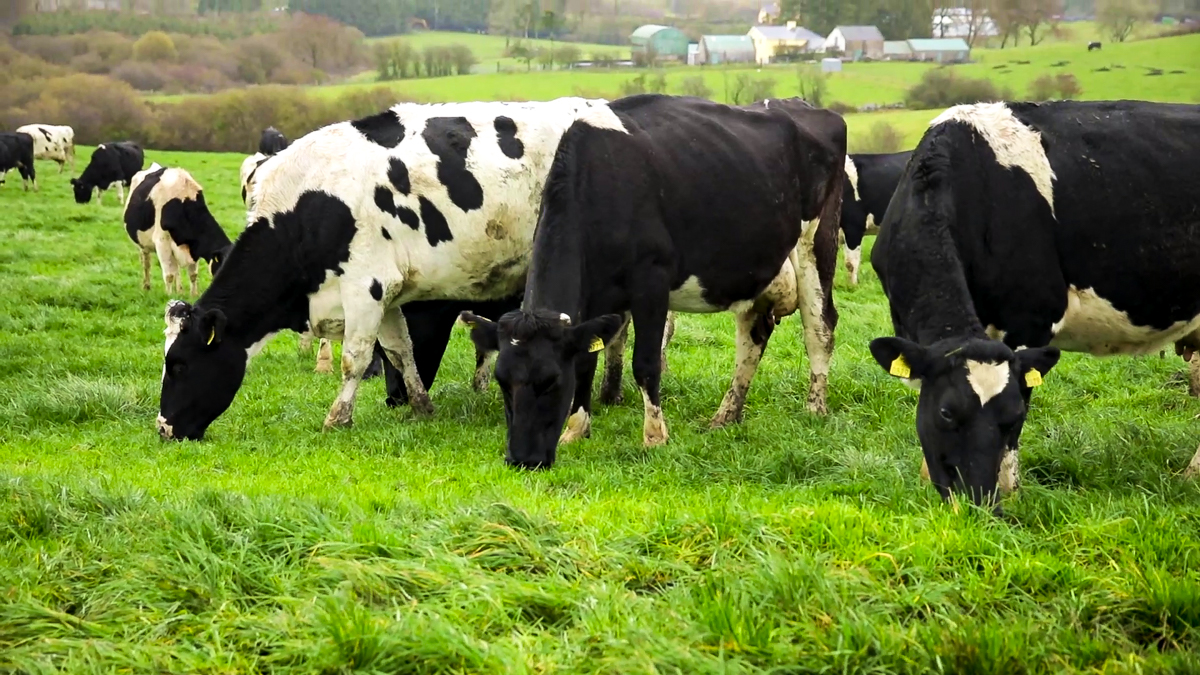The 2023 spring-grazing season has gotten off to an expectational start, with the majority of dairy farms able to get cows out for a number of hours/day.
Farms that would be considered to be on heavy land have been able to get cows out on a more consistent basis compared to other years.
But it is important to continue to mind land and avoid causing any damage that may have a detrimental effect going forward.
As the calving season progresses the number of cows going to grass should increase, placing more pressure on land and increasing the potential risk of damage being caused.
Spring-grazing season
Grazing conditions for the most part remain quite good, but it is important to continue to closely monitor ground conditions.
Farmers should continue to use back fences, spur roadways and make use of the multiple exits/entrances to paddocks.
Predicted growth rates are looking good for the time of year; based on figures from PastureBase Ireland they are 12kg of dry matter (DM)/ha in Leinster; 11kg of DM/ha in Munster; 10kg of DM/ha in Connacht; and 9kg of DM/ha in Ulster.
State of play
As we head into the last few days of February now is a good time to look at how much of the farm has been grazed.
The target is to have 30% of your farm grazed by March 1. However, for some farms, the exceptionally good weather may mean they have surpassed this figure and, all going well, this shouldn’t be an issue.
It is important to know where you stand, to ensure that you have a full picture of what the situation is on your farm.
If too much area is grazed in February, there is a possibility that you will run short of grass in March or April and have to go back to feeding silage.
If you get through too much area too quickly it is likely that the regrowth in paddocks will be low and you will then move through the second rotation too quickly.
It remains very much a balancing act to get grass into cows, without grazing too much of the farm.
